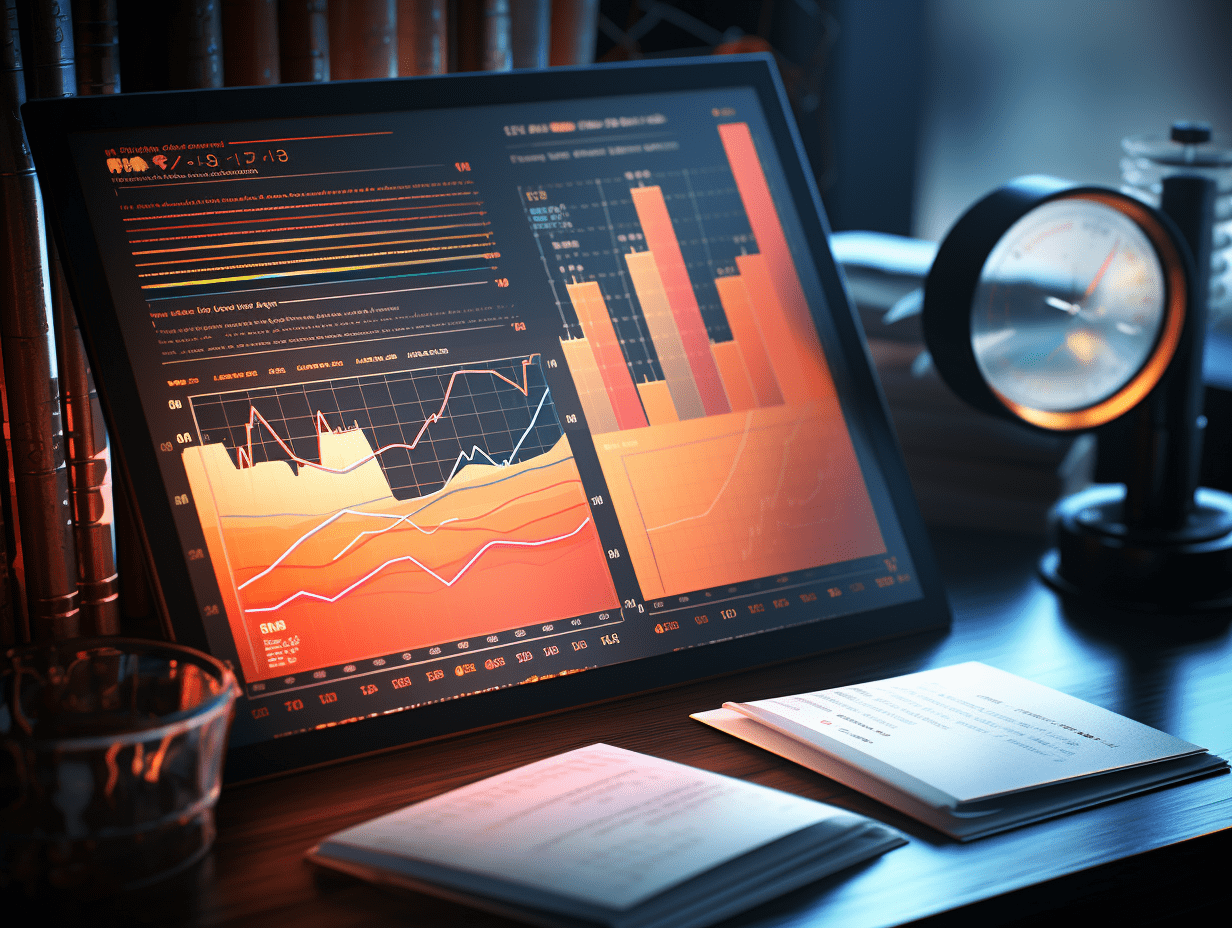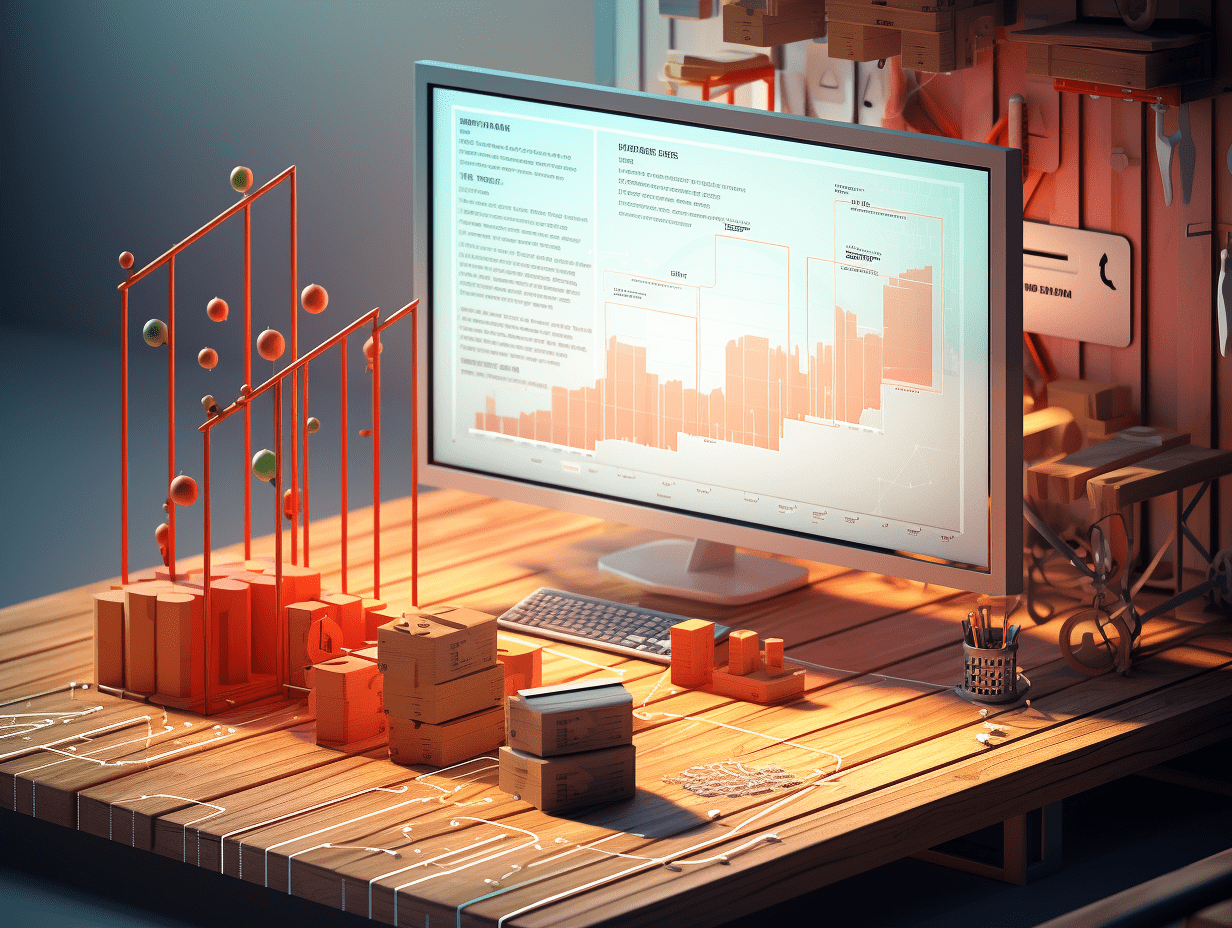J.P. Morgan's 2025 U.S. stock strategy: AI remains the core engine, short-term vigilance is needed against inflation and valuation risks.
The report points out that despite obstacles such as tariffs, and immigration, US stock companies have achieved healthy profit growth through rapid penetration of AI, strong capital expenditure, and resilient consumption. However, there is a need to be cautious of inflation rebound and the risk of overvaluation in the short term, but in the medium to long term, the market potential under the bonus of AI and policies is promising.
On September 10, 2025, J.P. Morgan released a "Global Stock Strategy Update Report," focusing on the current market "Wall of Worry" and AI sector trends. The report pointed out that despite factors such as tariffs and immigration posing growth obstacles, U.S. companies have achieved healthy profit growth with the rapid penetration of AI, strong capital expenditures, and resilient consumer demand. However, caution is advised in the short term due to the potential rebound in inflation and high valuation risks, while the long term outlook remains positive for the market potential under AI and policy dividends.
I. U.S. Stocks: Strong Earnings but Short-Term Pressure, Caution on August CPI Data
1. Four key drivers supporting U.S. stocks
J.P. Morgan believes that the core support for the current earnings growth of U.S. companies comes from four main factors:
Accelerating implementation of AI: AI technology penetration is driving efficiency improvements, becoming a key engine for profit growth;
Strong capital expenditures (Capex): Strong corporate investment intentions are laying the foundation for long-term growth;
Consumer resilience: As of August 29, U.S. consumer spending increased by 4.1% compared with the same period last year (up to +3.6% year-to-date), with discretionary spending (+5.3%) and Generation Z/Millennial consumption (+7.0%) being the main drivers;
Weakening U.S. dollar: Favorable for export companies, indirectly boosting profits.
In addition, the earlier expenditure of the "Grand Law" (OBBBA) has partly offset the growth obstacles posed by tariffs and immigration.
2. Three short-term risks that need to be monitored
Despite the strong fundamentals, after experiencing the best performance in nearly 20 years during non-recession periods, the S&P 500 now faces short-term risks:
High positioning and high valuation: Investors are in high positions, market valuations are expensive, and speculation in high beta stocks is increasing;
Inflation rebound pressure: Tariffs have led to inflation beginning to rise, which may limit the Fed's interest rate cut path (the current market expectation is for the Fed to cut rates 6 times by the end of 2026), with the upcoming August CPI data being a key risk point;
Seasonal weakness: September-October historically have been weaker periods for U.S. stocks (see chart below).
J.P. Morgan advises investors to hedge against CPI risk using options - because the current CPI and the Fed meeting (FOMC) implied volatility are lower than historical levels. Investors can buy a put spread option with an expiration date of September 19, covering the two major risk events, with a potential leverage of nearly 6 times (S&P 500 reference level at 6498).
II. AI Sector: Accounts for 43% of S&P 500 Market Cap, Absolute Core DRIVE
1. AI stocks lead U.S. stock performance and earnings
There are about 30 AI-related stocks in the S&P 500, collectively accounting for 43% of the index's market cap, and since the launch of ChatGPT in November 2022, they have contributed almost all of the S&P 500's gains and most of its profit growth.
2. Hundred-billion-dollar investments, promising future growth
Over the past year, these AI companies have collectively invested about $800 billion in capital expenditures and research and development (R&D) (split evenly between the two), and future investment spending is expected to grow by 33% over the next 12 months.
J.P. Morgan's "AI/Data Center/Electrification" basket (JPAMAIDE index) has always led the market - the index's peaks, troughs, and highs have been ahead of the S&P 500, and last week successfully held above the 50-day moving average (50-Day MAVG); the report indicates that if the index falls below the 50-day moving average, it may trigger a more widespread market correction.
III. Consumer and Buybacks: the "Dual Pillars" of U.S. Stocks
1. Consumers: Low debt + Interest Rate Cut Catalyst
U.S. consumers are currently in their best financial state in nearly 60 years: household debt-to-asset ratios have fallen to their lowest levels since the 1960s (see chart below), with wealth and asset price increases since 2020 being core reasons. If this ratio returns to its historical average, it could release about $2 trillion in incremental credit, further supporting consumer and asset purchases.
The report predicts that future interest rate cuts will act as a catalyst for consumption, especially if home turnover rates increase in the coming quarters, leading to accelerated consumption growth.
2. Buybacks and Shareholder Returns: Record-level supply absorption
Announced stock buybacks in the S&P 500 have reached $958 billion since the beginning of the year, far exceeding the three-year average of $644 billion for the same period (equivalent to about $5 billion in buybacks per trading day); in addition to $700 billion in dividends, total shareholder returns ($1.2-1.3 trillion in buybacks + $700 billion in dividends) have exceeded the total market capitalization of most countries' stock markets such as Australia, South Korea, and Italy.
Large-scale buybacks and dividends have effectively absorbed market stock supply and become an important force supporting U.S. stock valuations.
IV. Inflation and Policy: OBBBA Law Bottom Support, CPI is a Short-Term Key
1. Inflation Risk: Tariffs push up durable goods inflation, August CPI may become a "Black Swan"
J.P. Morgan's proprietary inflation leading index (PM Quantitative Inflation Index, QI) shows that U.S. inflation is on the rise (see chart below), and the impact of tariffs on durable goods inflation has begun to show. If the August CPI data exceeds expectations, the current "Goldilocks" market scenario (soft data favoring rate cuts) may face adjustments, with high-risk assets with high leverage, low volatility, and high congestion being the first to be affected.
Historical data shows that during periods of rising inflation, U.S. stocks have performed significantly weaker than during periods of declining/stable inflation: from 1966-1980 during the inflationary period, the S&P 500 adjusted for inflation rose only 2% annually; whereas from 1981-1995 during the period of declining inflation, the index saw an average annual growth of 12%.
2. Policy Dividend: Preliminary OBBBA Law Expenditures support growth
The early expenditure of the "Grand Law" (OBBBA) has become a key factor in offsetting growth obstacles. The report predicts that the law will bring about $373 billion in additional deficit spending from 2025-2026 (current policy stance), with a focus on the AI, data center, electrification, and defense sectors, providing direct benefits to related sectors.
V. Investment Strategy: Short-term Defensive, Long-term Focus on AI and Quality Growth
1. Short-term: Avoid high beta, focus on low volatility and inflation-benefiting stocks
If inflation rises more than expected, J.P. Morgan recommends adjusting holdings:
Style-wise: Prefer low-volatility (Low Vol) stocks over high-beta (High Beta) stocks; favor quality growth stocks over quality defensive stocks;
Sector-wise: Focus on sectors benefiting from inflation (such as banking, insurance, energy), while avoiding rate-sensitive sectors (such as consumer staples, telecom, real estate);
Tools-wise: Consider using J.P. Morgan's "Inflation Outperform Basket" (JPAMINOP index), which focuses on cyclical stocks with high correlation to inflation and commodities, historically outperforming the market during inflationary periods.
2. Long-term: AI remains core, S&P 500 aimed at 7000 points
J.P. Morgan expects the S&P 500 to rise to 7000 points by early 2026, with the core logic including:
Continuous driving of profits by AI: Profit growth in the AI sector far surpasses that of non-AI sectors, with continued increases in capital expenditures;
Policy and liquidity support: The early expenditures of the OBBBA law, and future rate cuts will boost consumption and risk assets;
Structurally high valuations: The S&P 500, with sustained profits, AI premiums, and global quality asset properties, will maintain valuations of over 20 times (currently at 23 times PE).
3. Risk Alerts
Long-term interest rates rise: Uncontrolled increases in long-term interest rates in developed markets such as France, Japan, and the UK may drag down global risk asset valuations;
High-beta stock corrections: If expectation for rate cuts cools, small to mid-cap stocks (SMID) and unprofitable companies (including speculative AI stocks) may face significant sell-off pressure;
AI sector volatility: If AI stocks fall below critical technical levels (such as the 50-day moving average), it could trigger a chain reaction in the broader market.
In conclusion,
J.P. Morgan believes that the current market is in a "short-term cautious, long-term optimistic" scenario: August CPI and seasonal weakness in September-October may cause short-term volatility, but the AI engine, resilient consumers, and policy dividends will support long-term upward movement in U.S. stocks. Investors need to find a balance between defense and offense, closely monitor AI sector trends and inflation data, and seize opportunities in low volatility, quality growth, and inflation-benefiting stocks.
Related Articles

Trader bets that the easing cycle of the European Central Bank is over and hawkish signals support the rebound of the euro.

Bank of America's heavyweight report: AI "water sellers" are winning! Where could global funds flow next?

Elliott bets on Japanese nuclear power Kansai Electric becomes "new prey"
Trader bets that the easing cycle of the European Central Bank is over and hawkish signals support the rebound of the euro.

Bank of America's heavyweight report: AI "water sellers" are winning! Where could global funds flow next?

Elliott bets on Japanese nuclear power Kansai Electric becomes "new prey"

RECOMMEND

Hong Kong Stock Concept Tracker|Oracle (ORCL.US) RPO Surge Ignites AI Computing Power Chain—Domestic Opportunities in Focus
11/09/2025

Southbound Capital Flows Shift: Profit-Taking on High-Flying Stocks and Accumulating Alibaba and Tence
11/09/2025

Anti-Involution Policies Deliver Results as August Price Indicators Improve
11/09/2025


